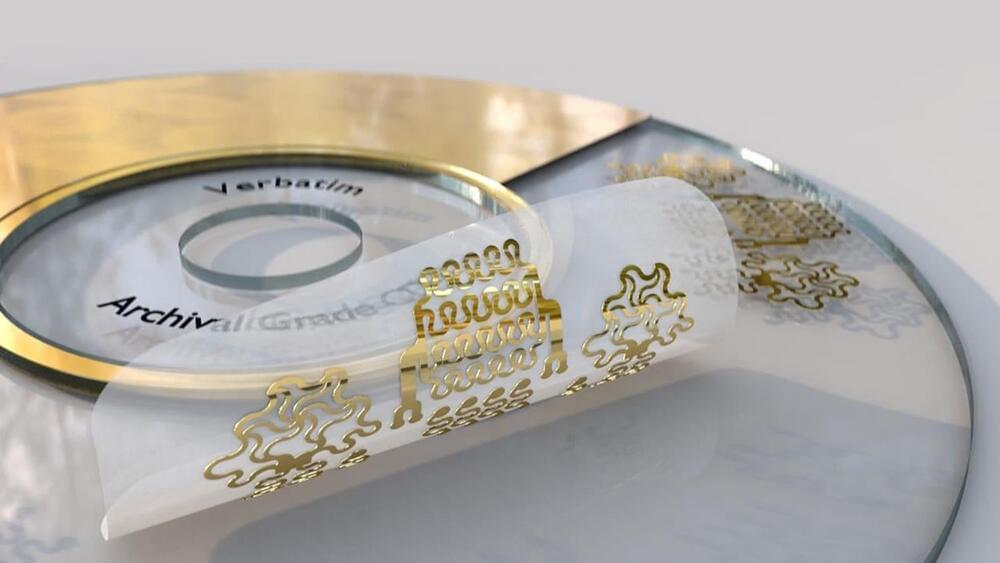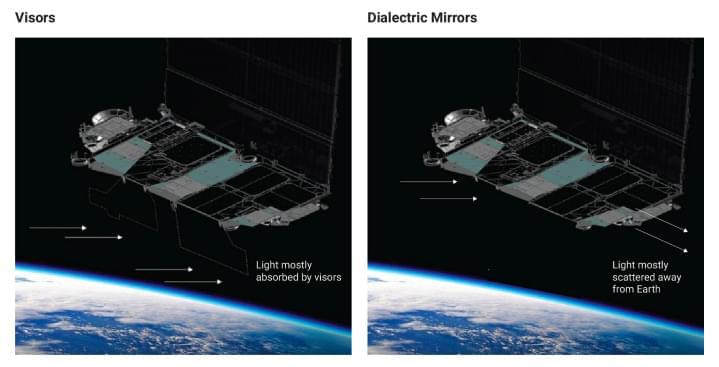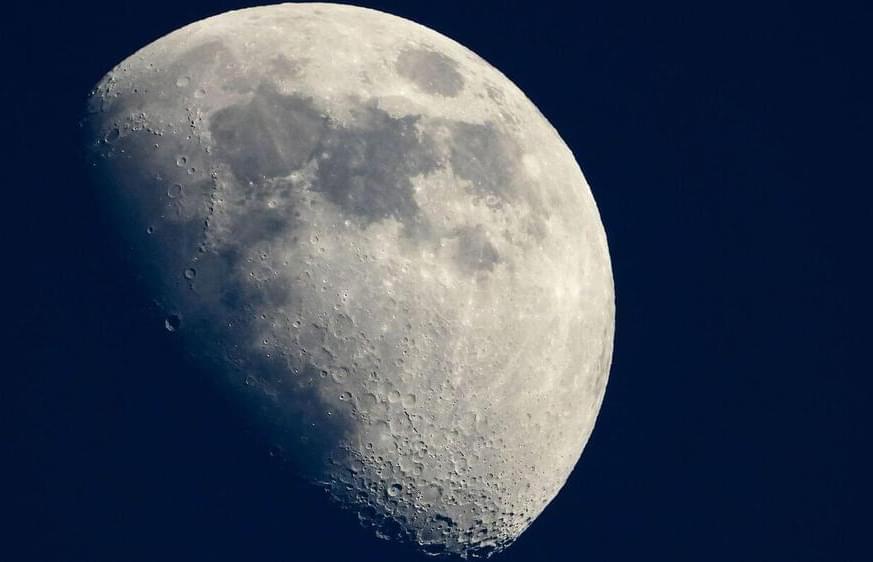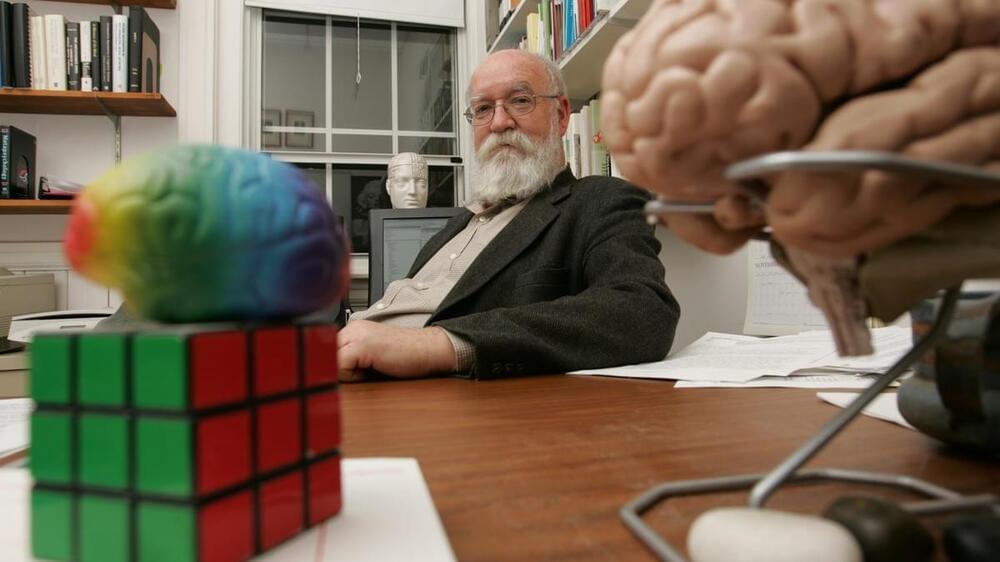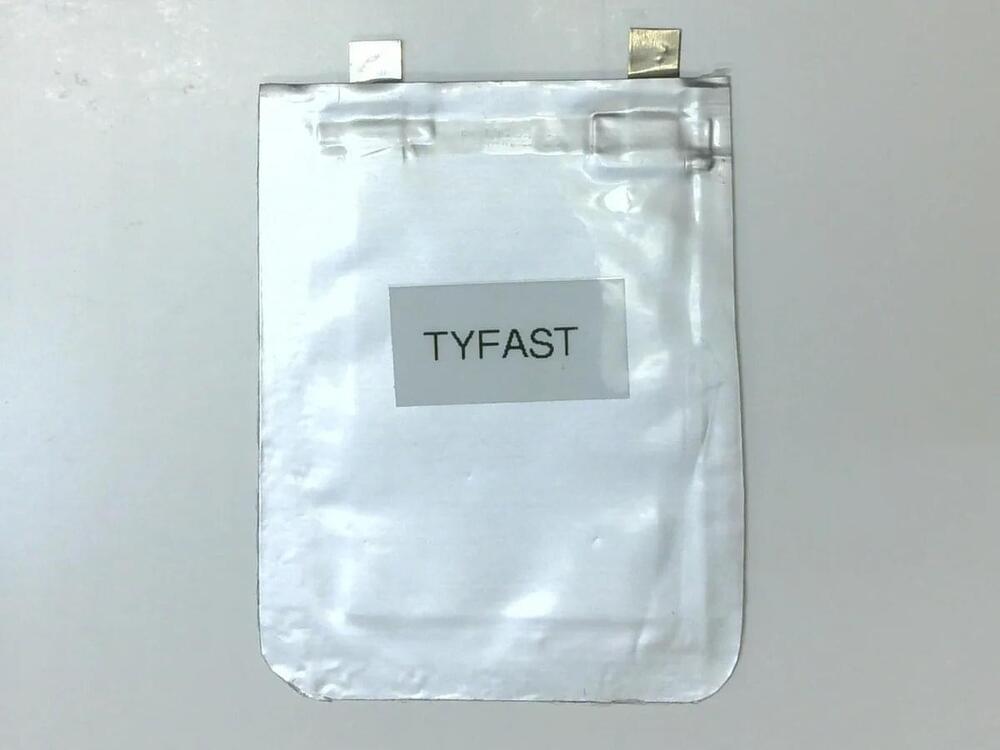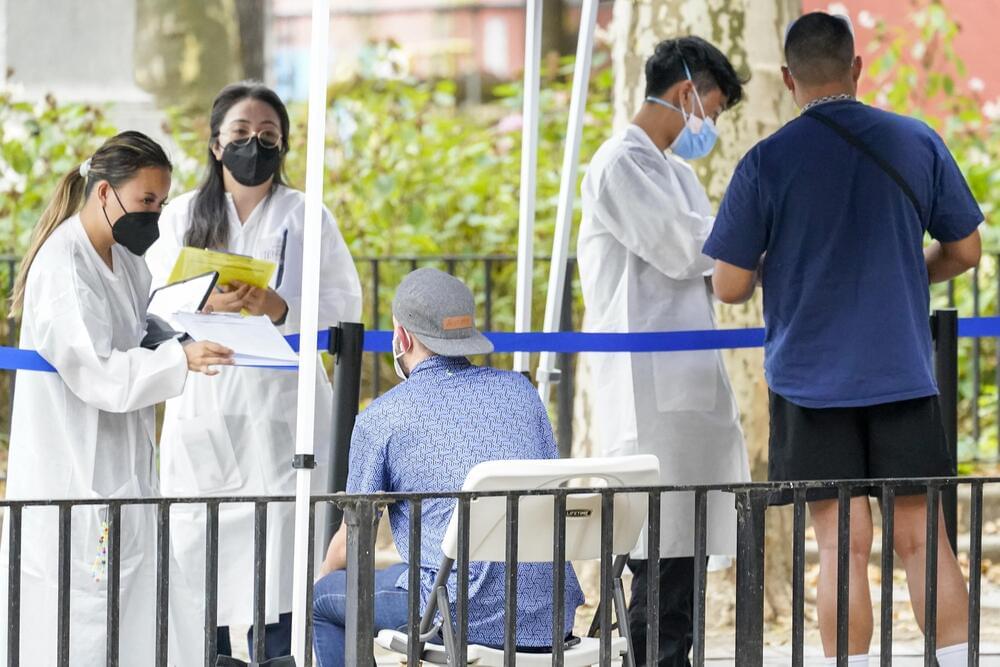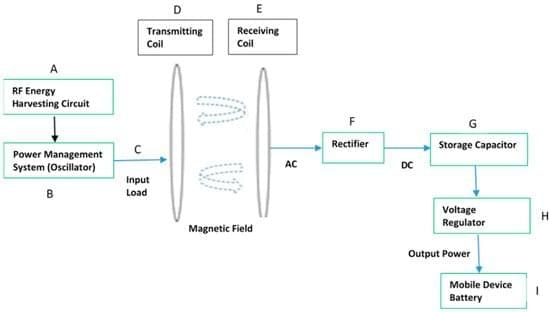Page 3509
Jul 31, 2022
Researchers turn discarded CDs into flexible and stretchable biosensors
Posted by Genevieve Klien in categories: chemistry, materials
The CD was initially soaked in 40 mL of acetone for 1.5 minutes, releasing the metal layer by breaking down the polycarbonate substrate. The metal from the CD was easily harvested with polyimide tape, which also serves as the substrate layer in the new device integration to improve the mechanical durability and robustness of the thin metal film.
“When you pick up your hair on your clothes with sticky tape, that is essentially the same mechanism,” said Assistant Professor Ahyeon Koh, who led the research. “We loosen the layer of metals from the CD and then pick up that metal layer with tape, so we just peel it off. That thin layer is then processed and flex ible.”
Researchers created the sensors utilizing a commercially available Cricut cutter, an off-the-shelf machine for crafters that generally cut designs from materials like paper, vinyl, card stock, and iron-on transfers. The flexible circuits then would be removed and stuck onto a person. The whole fabrication process was completed in 20–30 minutes, without releasing toxic chemicals or needing expensive equipment, and it costs about $1.50 per device.
Jul 31, 2022
SpaceX shares how it’s making Starlink satellite less bright
Posted by Genevieve Klien in categories: internet, satellites
SpaceX shared how it’s making its Starlink satellites less bright. The space exploration company published a document titled, Brightness Mitigation Best Practices for Satellite Operators that outlines how it’s working with the astronomy community to reduce light pollution.
New document from @SpaceX https://api.starlink.com/public-files/BrightnessMitigationBe…rators.pdf explaining what they have been doing to make their satellites less bright. I applaud SpaceX for their work on this (and for making the document public), while remaining concerned to see how bright the Gen2 Starlinks end up being.
— Jonathan McDowell (@planet4589) July 29, 2022
Jul 31, 2022
Parts of the moon have stable temperatures fit for humans, researchers find
Posted by Genevieve Klien in category: space
Researchers discovered that lunar pits and caves could provide stable temperatures around 63 degrees Fahrenheit, leading to new possibilities for experiments and life there.
Jul 31, 2022
In Experiment, AI Successfully Impersonates Famous Philosopher
Posted by Kelvin Dafiaghor in category: robotics/AI
It was difficult for people to guess whether philosophical responses came from the philosopher Daniel Dennett or the language generator GPT-3.
Jul 31, 2022
Development of solid-state electrolytes for sodium-ion battery–A short review
Posted by Quinn Sena in categories: chemistry, nuclear energy, particle physics, space, sustainability
Nowadays, the development of renewable energy sources, such as wind, solar, and nuclear energy sources, has become imperative, due to the limited resource constraints of the traditional fossil fuels [1 ]. However, these renewable sources could not deliver a regular power supply as the sources are variable in time and diffuse in space. Thus, the focus has been shifted to the electrical energy storage to smooth the intermittency of the energy sources. Rechargeable battery has the ability to store chemical energy and convert it into electrical energy with high efficiency [ 2]. Lithium-ion battery (LIB), as one typical rechargeable electrochemical battery, has dominated the markets of portable electronic devices, electric vehicles, and hybrid electric vehicles in the past decades, due to its high output voltages, high energy densities, and long cycle life; even though the high cost and the shortage of lithium resources are inhibiting the application of LIB in large-scale energy storage [[3], [4], [5], [6], [7], [8], [9]].
Sodium-ion battery (SIB) is one promising alternative to LIB, with comparable performance to that of LIB, abundant sodium resources and low price of starting materials [[10], [11], [12], [13]]. As Na atom is heavier and larger than those of Li atom, the gravimetric and volumetric energy density of Na-ion battery are expected to not exceed those of the Li analogues [14]. However, energy density would not be considered as the critical issue in the field of large-scale grid support, for which the operating cost and the battery durability are the most important aspects [15,16].
Jul 31, 2022
Vanadium Is Key To Insanely Fast Charging and Long Life in Li-Ion Batteries of the Future
Posted by Quinn Sena in categories: energy, futurism
Li-Ion battery research concentrates mainly on increasing energy density, but TyFast goes in the opposite direction. The company compromises battery capacity to offer insanely fast charging and a long life cycle.
Jul 31, 2022
Astronomers have found a VERY sneaky black hole
Posted by Shubham Ghosh Roy in category: cosmology
These black holes are not absorbing matter from a nearby star, making them incredibly hard to find.
Jul 30, 2022
New York City declares monkeypox a public health emergency
Posted by Quinn Sena in categories: biotech/medical, health
NEW YORK (AP) — Officials in New York City declared a public health emergency due to the spread of the monkeypox virus Saturday, calling the city “the epicenter” of the outbreak.
The announcement Saturday by Mayor Eric Adams and health Commissioner Ashwin Vasan said as many as 150,000 city residents could be at risk of infection. The declaration will allow officials to issue emergency orders under the city health code and amend code provisions to implement measures to help slow the spread.
In the last two days, New York Gov. Kathy Hochul declared a state disaster emergency declaration and the state health department called monkeypox an “imminent threat to public health.”
Jul 30, 2022
Wireless Power Transfer Using Harvested Radio Frequency Energy with Magnetic Resonance Coupling to Charge Mobile Device Batteries
Posted by Quinn Sena in categories: energy, mathematics
This research paper presents the design of a wireless power transfer (WPT) circuit integrated with magnetic resonance coupling (MRC) and harvested radio frequency (RF) energy to wirelessly charge the battery of a mobile device. A capacitor (100 µF, 16 V) in the RF energy harvesting circuit stored the converted power, and the accumulated voltage stored in the capacitor was 9.46 V. The foundation of the proposed WPT prototype circuit included two coils (28 AWG)—a transmitter coil, and a receiver coil. The transmitter coil was energized by the alternating current (AC), which produced a magnetic field, which in turn induced a current in the receiver coil. The harvested RF energy (9.46 V) was converted into AC, which energized the transmitter coil and generated a magnetic field. The electronics in the receiver coil then converted the AC into direct current (DC), which became usable power to charge the battery of a mobile device. The experimental setup based on mathematical modeling and simulation displayed successful charging capabilities of MRC, with the alternate power source being the harvested RF energy. Mathematical formulae were applied to calculate the amount of power generated from the prototype circuit. LTSpice simulation software was applied to demonstrate the behavior of the different components in the circuit layout for effective WPT transfer.

